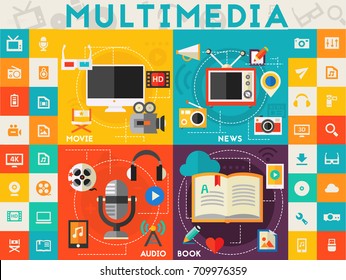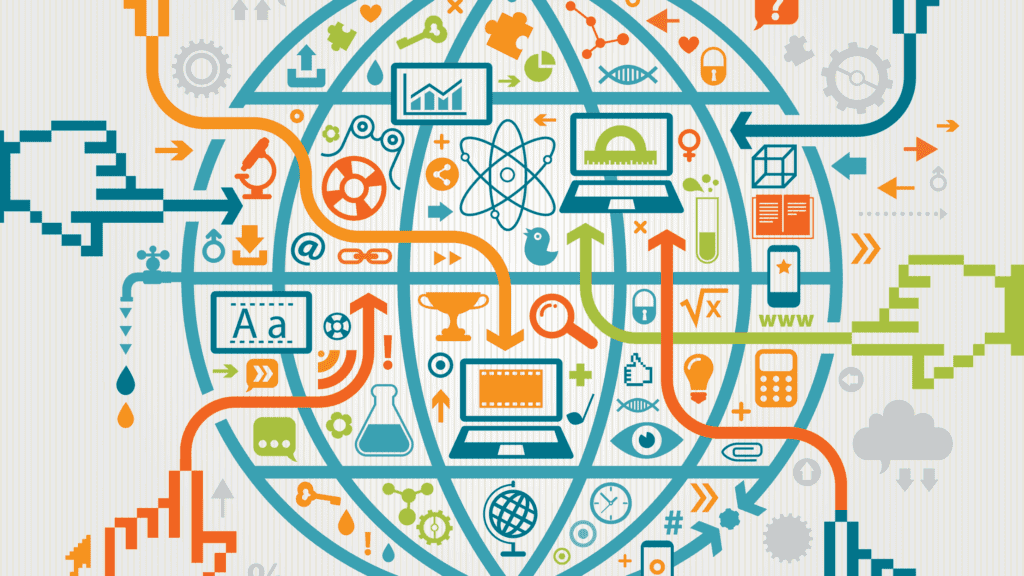Educational Technology
- Multimediaslcsd Educational Technology Resources Jobs
- History Of Educational Technology
- Educational Technology
- Multimediaslcsd Educational Technology Resources Internships
- Multimediaslcsd Educational Technology Resources Inc
Top 10 Educational Technology Resources Engage students in your classroom with our Top 10 favorite interactive educational technology resources. These websites will help you create new and captivating lesson plans for your curriculum using powerpoint, creative writing methods, and on-screen flashcards. Jan 23, 2020 Video clips, educational games, and virtual simulations are just a few examples of technology resources you can use to engage and educate in the classroom. Plus, the vast majority of today’s careers require at least some digital skills (which include anything from complex skills like coding to simpler ones like composing and sending emails). See full list on thetechedvocate.org. Use our educational technology resources to enhance your lessons and engage your students. Introduce topics and ignite conversation with these fifteen minute mini-lesson PowerPoint Slides. To incorporate technology into your classroom, browse these listings for the best videos, digital books, websites, and online games to combine both the.
- Instructional Design Certificate (Fully Online). This fully online program is for anyone developing and/or teaching an online course. Learn more...
- ADDIE Instructional Design Certificate Program (Fully Online). This fully online program is designed for individuals interested in learning more about the ADDIE model. Learn more...
- Instructional Design Models Certificate (Fully Online). You will explore traditional instructional design models and the progression of the learning design approach to creating online learning experiences. Learn more...
Multimediaslcsd Educational Technology Resources Jobs
What is educational technology? There are a variety of definitions of educational technology.
What is instructional design and technology?
The Association for Educational Communications and Technology (AECT):
Educational technology is the study and ethical practice of facilitating learning and improving performance by creating, using and managing appropriate technological processes and resources. [1]
The Encyclopedia of Educational Technology:
Educational technology is a systematic, iterative process for designing instruction or training used to improve performance. [6]
Educational Technology involves the disciplined application of knowledge for the purpose of improving learning, instruction and/or performance. [7]
History of the Definitions

Edtech’s [educational technology’s] definition has evolved over the years as a variation of ways of dealing with learning processes (2), a conceptual framework (9), theory and practice (5), and the latest study and ethical practices of dealing with technological processes and resources (1). [8]
1963
Audiovisual communications is the branch of educational theory and practice concerned with the design and use of messages which control the learning process. It undertakes: (a) the study of the unique and relative strengths and weaknesses of both pictorial and nonrepresentational messages which may be employed in the learning process for any reason; and (b) the structuring and systematizing of messages by men and instruments in an educational environment. These undertakings include planning, production, selection, management, and utilization of both components and entire instructional systems. Its practical goal is the efficient utilization of every method and medium of communication which can contribute to the development of the learners’ full potential. [2]
1972
Educational technology is a field involved in the facilitation of human learning through systematic identification, development, organization and utilization of a full-range of learning resources and through the management of these processes. [3]
1977
Educational technology is a complex, integrated process involving people, procedures, ideas, devices and organization for analyzing problems and devising, implementing, evaluating and managing solutions to those problems involved in all aspects of human learning. [4]
1994
Instructional technology is the theory and practice of design, development, utilization, management and evaluation of processes and resources for learning.[5]
References:
- Richey, R. C., Silber, K. H., & Ely, D. P. (2008). Reflections on the 2008 AECT Definitions of the Field. TechTrends, 52(1), 24-25.
- Ely, D.P. (1963). The changing role of the audiovisual process in education: A definition and a glossary of related terms. TCP Monograph No. 1. AV Communication Review, 11(1). Supplement No:6.
- Association for Educational Communications and Technology. (1972). The field of educational technology: a statement of definition. Audio-visual Instruction, 17(8), 36-43.
- Association for Educational Communications and Technology (1977). The definition of educational technology. Washington, D.C.: Association for Educational Communications and Technology.
- Seels, B. B., & Richey, R. C. (1994). Instructional technology: The definition and domains of the field. Washington, DC: Association for Educational Communications and Technology.
- The Encyclopedia of Educational Technology. What is Educational Technology? Retrieved from: http://www.etc.edu.cn/eet/eet/articles/edtech/index.htm
- Spector, J. M. (2015). Foundations of educational technology: Integrative approaches and interdisciplinary perspectives. Routledge.
- Hsu, Y. C., Hung, J. L., & Ching, Y. H. (2013). Trends of educational technology research: More than a decade of international research in six SSCI-indexed refereed journals. Educational Technology Research and Development, 61(4), 685-705.
- Davies, I. K., & Schwen, T. M. (1972). Toward a Definition of Instructional Development.
Why teach with video?
When students have access to video content to watch outside of class, class time can be used for comprehension checks, discussion, and reinforcement of content.
Multimedia content helps to vary and enhance the learning process, and leads to better knowledge retention.
Educational video can provide more opportunities for students to engage with the content.
Students around the world can learn from course content made available through video.
Video can sometimes demonstrate complex ideas and access other times and places better than speaking can.
Video can help instructors overcome limitations like large class sizes and limited time.
What can we do with video?
Instructors can use video to provide supplemental materials for their students. This can help reinforce content and give students resources to prepare for assessments.
Many professors have benefitted from using video to flip their classroom. A flipped course is one in which students absorb new material largely outside of class time.

Instructors benefit from flipped classrooms. When a course is flipped, professors have more time available to engage with their students, rather than racing through introductions to new content. Once an instructor has created video content, they possess a permanent library of learning resources which can be reused for new students in various learning contexts.
Students benefit from flipped classrooms. In a flipped course students have more opportunities to engage with their instructor and peers. Students also can take greater ownership over their education, and are allowed a level of flexibility that is unavailable in traditional class structures.
History Of Educational Technology
Massive Open Online Courses, or MOOCs, are created largely through video. These courses consist of a series of learning modules that explain content, punctuated by comprehension checks at the end of each section. They are valuable for students around the world learning in diverse contexts.
Using Video at BU
BU supports multiple valuable platforms for creating and editing educational video. EdTech supports Echo360 as well as MyMedia (which includes CaptureSpace). Many BU faculty also make use of platforms like Camtasia.
Success Stories
Pary Fassihi of the CAS Writing program flipped her ESL writing course, and soon found that class time was used more effectively and that her students’ comprehension of the content improved.
Bruce Anderson of the CAS Earth & Environment Department flipped his class. As a result his students were better prepared for class, and he could better address student difficulties. Additionally, his student evaluations improved significantly after the course restructuring.
Wayne LaMorte of the School of Public Health flipped his course using online modules. Consequently, he had more time in class for discussion and problem solving. 98% of his students reported that they found the modules helpful.
Lorena A. Barba of the College of Engineering supports flipped learning.
Read the full stories and watch the documentary videos of these successes on the Success Stories page.
- Jan 14, 2021
POV: What Comes After a Year Like No Other?
BU's Associate Provost of Digital Learning & Innovation discusses...
- Jan 13, 2021
7 Most Popular Faculty Guides 2021
BU's Digital Learning & Innovation highlights the top 7...
- Jan 12, 2021
Learn from Anywhere Faculty Toolkit

BU's Digital Learning & Innovation created a remote and...
Educational Technology
- Jan 5, 2021
Multimediaslcsd Educational Technology Resources Internships
Lightning Talks: Remote & Hybrid Teaching & Learning Spring 2021 Speaker Series
Multimediaslcsd Educational Technology Resources Inc
The Remote & Hybrid Teaching & Learning Lightning Talks...
